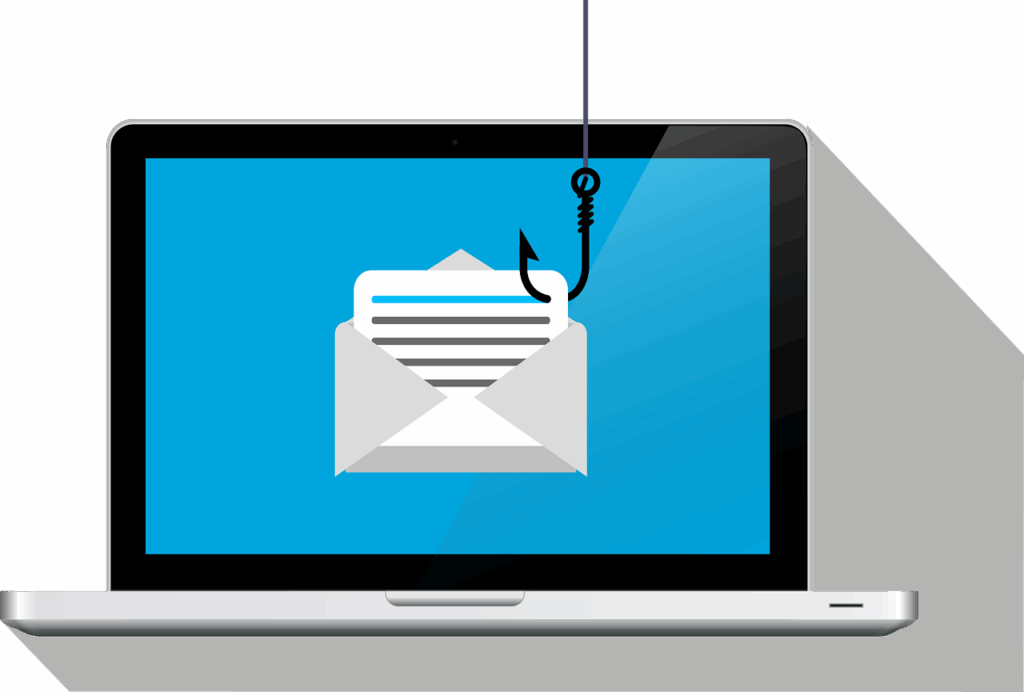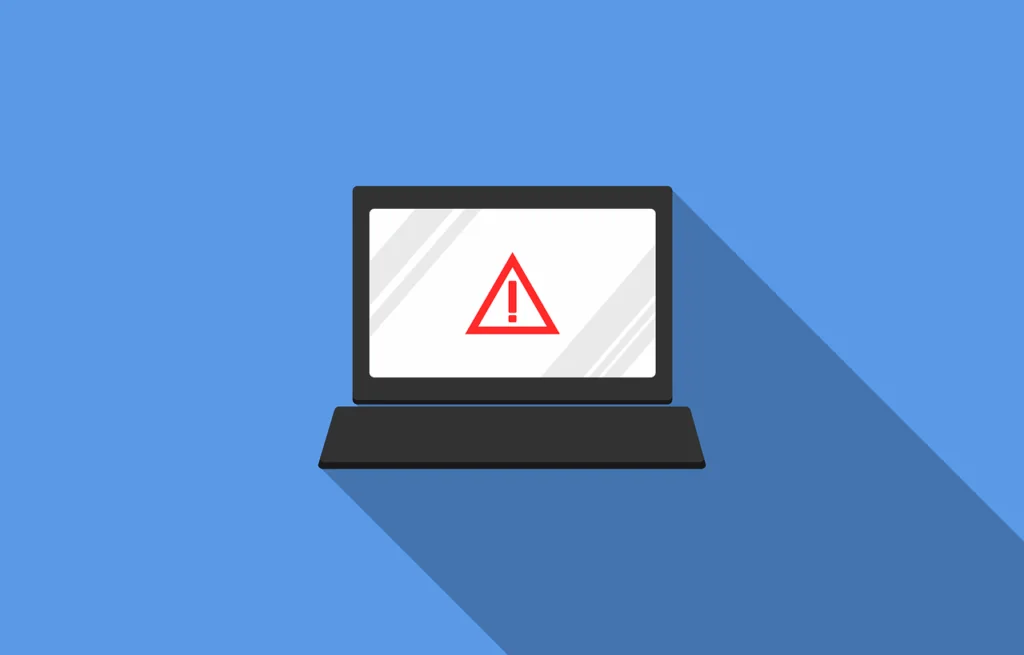Singapore stands as a beacon of digital innovation in Southeast Asia, with businesses of all sizes embracing digital transformation. As more organisations move their operations online, the importance of cybersecurity has never been greater. For any business, whether a startup, SME, or large enterprise, partnering with the best web design company in Singapore or a reputable web development agency in Singapore is only part of the equation. Robust cybersecurity practices must be woven into every aspect of web development, employee training, and business operations.
This article explores the most pressing cyber threats facing Singaporean businesses, practical website security measures, strategies for employee education, and real-world case studies. Along the way, it highlights the critical role played by professionals at web design agencies in Singapore and other digital partners in safeguarding your business.
Common Cyber Threats Every Business Must Know

Singapore’s advanced digital infrastructure makes it both a leader in technology adoption and a prime target for cybercriminals. According to the Cyber Security Agency of Singapore (CSA), cyber threats have grown in both sophistication and frequency, affecting businesses across all sectors. For companies that design websites or operate e-commerce platforms, the risks are especially acute.
Key Threats
Phishing Attacks: Phishing remains one of the most common and successful attack vectors. Cybercriminals use deceptive emails or fake websites to trick employees into revealing sensitive information or login credentials. Even the most secure website design agency in Singapore cannot protect against human error if staff are not vigilant.
Ransomware: Ransomware attacks, where hackers encrypt company data and demand payment for its release, have surged in Singapore. In 2024, a high-profile law firm paid nearly S$25 million to recover its data, highlighting the devastating impact such attacks can have.
Malware and Viruses: Malware can be delivered through infected downloads, email attachments, or compromised websites. Once inside, it can steal data, disrupt operations, or provide a backdoor for further attacks. Web design firms must ensure their client websites are not vectors for malware distribution.
DDoS Attacks: Distributed Denial of Service (DDoS) attacks flood websites with traffic, causing downtime and loss of revenue. For e-commerce and service providers, even a short outage can be costly.
Insider Threats: Employees or contractors with legitimate access can intentionally or accidentally compromise security. Training and access controls are essential, even for the most trusted staff.
Cloud and SaaS Breaches: As more businesses adopt cloud solutions, misconfigured servers or weak access controls can lead to data leaks. Partners like a web development agency in Singapore must ensure cloud environments are properly secured.
Data Privacy and Regulatory Risks: Non-compliance with Singapore’s Personal Data Protection Act (PDPA) can result in hefty fines and reputational damage, especially for a website design company in Singapore handling a client’s sensitive customer data.
Simple Yet Effective Website Security Measures

A secure website is foundational for business trust and continuity. The best web design company in Singapore will always prioritise security, but every business should understand the basics.
Choose a Security-Focused Web Partner: Engage a web design agency in Singapore that demonstrates a strong track record in cybersecurity. Ask about their security protocols, experience with secure coding, and ongoing maintenance offerings.
Implement SSL/TLS Encryption: All data exchanged between your website and users should be encrypted using SSL certificates. Modern browsers flag non-HTTPS sites as insecure, which can deter customers and hurt SEO. Leading web design firms will handle SSL integration as part of their standard services.
Regular Software and Plugin Updates: Outdated CMS platforms, plugins, or themes are a top target for hackers. Ensure your website design agency in Singapore provides regular updates and patches for all components of your website.
Strong Authentication and Access Controls: Use unique, complex passwords for all admin accounts. Enable two-factor authentication (2FA) wherever possible. Limit user access based on job roles, following the principle of least privilege.
Web Application Firewalls (WAF): A WAF filters out malicious traffic before it reaches your website, protecting against common threats like SQL injection and cross-site scripting (XSS). Many web development partners offer WAF as part of their hosting packages.
Regular Backups: Automate daily backups of your website and databases. Store backups securely offsite, and test restoration procedures regularly. This is critical for rapid recovery after a cyber incident.
Secure Coding Practices: If you’re working with a UI and UX design agency or custom development team, insist on secure coding standards. This includes input validation, output encoding, and thorough code reviews to catch vulnerabilities early.
DDoS Protection: For high-traffic sites, consider DDoS mitigation services. Many website design companies in Singapore partner with third-party security vendors to offer this as an add-on.
Monitor and Respond: Set up real-time monitoring for unusual activity, such as multiple failed logins or unexpected file changes. Have an incident response plan in place, so your team knows how to act quickly if a breach is detected.
How to Educate Employees on Cybersecurity Risks

Technology alone isn’t enough. Human error remains the leading cause of security breaches. Whether you’re a web designing agency or a retail chain, employee education is non-negotiable.
Regular Security Awareness Training: Schedule quarterly workshops or e-learning modules covering:
- Phishing and social engineering tactics
- Password management
- Safe internet and email practices
- Company security policies
Simulated Attacks: Run simulated phishing campaigns to test employee vigilance. Provide immediate feedback and additional training to those who fall for the simulations.
Clear Policies and Procedures: Document and distribute clear guidelines on:
- Acceptable use of company devices and networks
- Reporting suspicious activity
- Handling sensitive customer data
Gamified Learning: Make training engaging through quizzes, games, and real-world scenarios. Many web design firms now offer interactive cybersecurity modules as part of their client onboarding.
Incident Response Drills: Practice what to do in the event of a breach. Assign roles, conduct tabletop exercises, and ensure everyone knows who to contact in the event of an incident.
Continuous Learning: Cyber threats evolve rapidly. Partner with a web development agency in Singapore that offers ongoing security updates and refresher courses for your team.
Case Studies: Businesses That Recovered from Cyber Attacks

Case Study 1: Law Firm Ransomware Recovery
A prominent Singaporean law firm fell victim to a ransomware attack in 2024. The attackers encrypted critical files and demanded a multimillion-dollar ransom.
Response: The firm’s IT team, in collaboration with their web development agency in Singapore, quickly isolated infected systems. Thanks to regular off-site backups managed by their web agency, they restored operations within 48 hours, without paying the ransom. The incident prompted a complete review of security protocols, including enhanced employee training and stricter access controls.
Lesson: Regular backups and a trusted website design company Singapore partnership can make the difference between disaster and recovery.
Case Study 2: E-Commerce Site DDoS Attack
An e-commerce retailer, working with a top UI and UX design agency, suffered a DDoS attack during a major sales event. The site was offline for several hours, resulting in lost revenue and a decline in customer trust.
eRsponse: The web designing agency quickly implemented a cloud-based DDoS mitigation service. The web design firm involved upgraded the site’s infrastructure, adding redundancy and real-time monitoring. The business now includes DDoS protection as standard for all future projects.
Lesson: Proactive security measures and a responsive web design agency can minimise downtime and protect business continuity.
Cybersecurity is a shared responsibility. For Singaporean businesses, the stakes are high, as financial loss, reputational damage, and regulatory penalties are all on the line. By understanding the threat landscape, implementing effective website security measures, educating employees, and learning from real-world incidents, businesses can dramatically reduce their risk.
If you’d like to take a firm step towards securing your online presence, we’re here to help.

